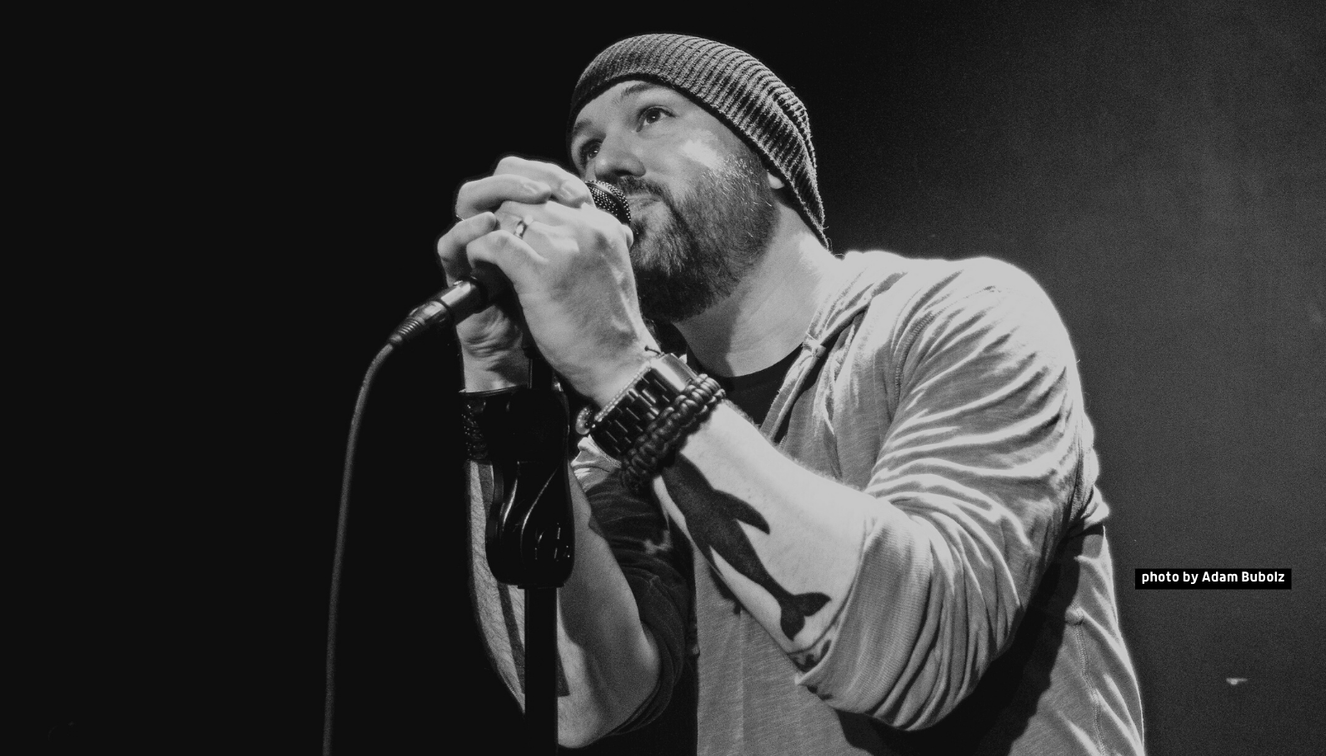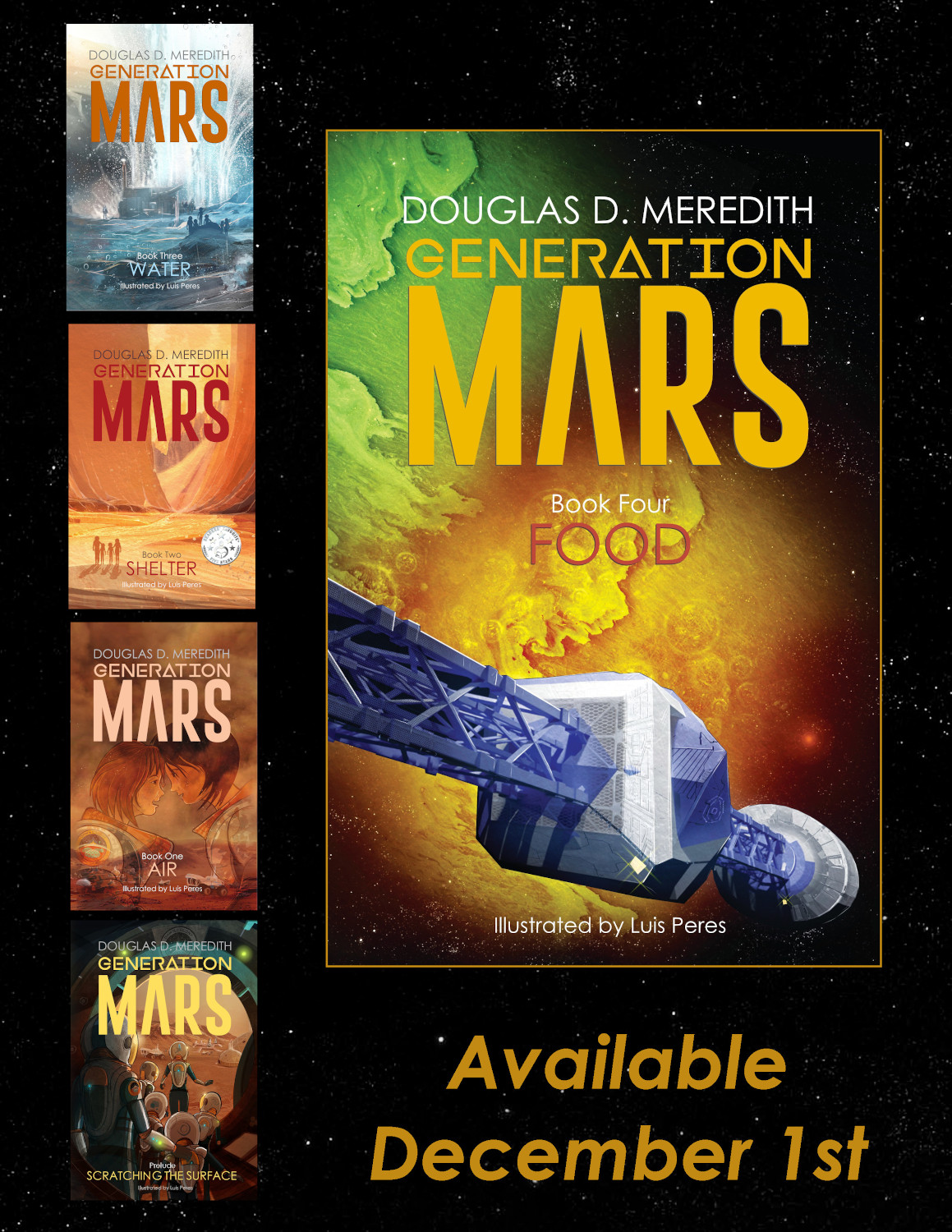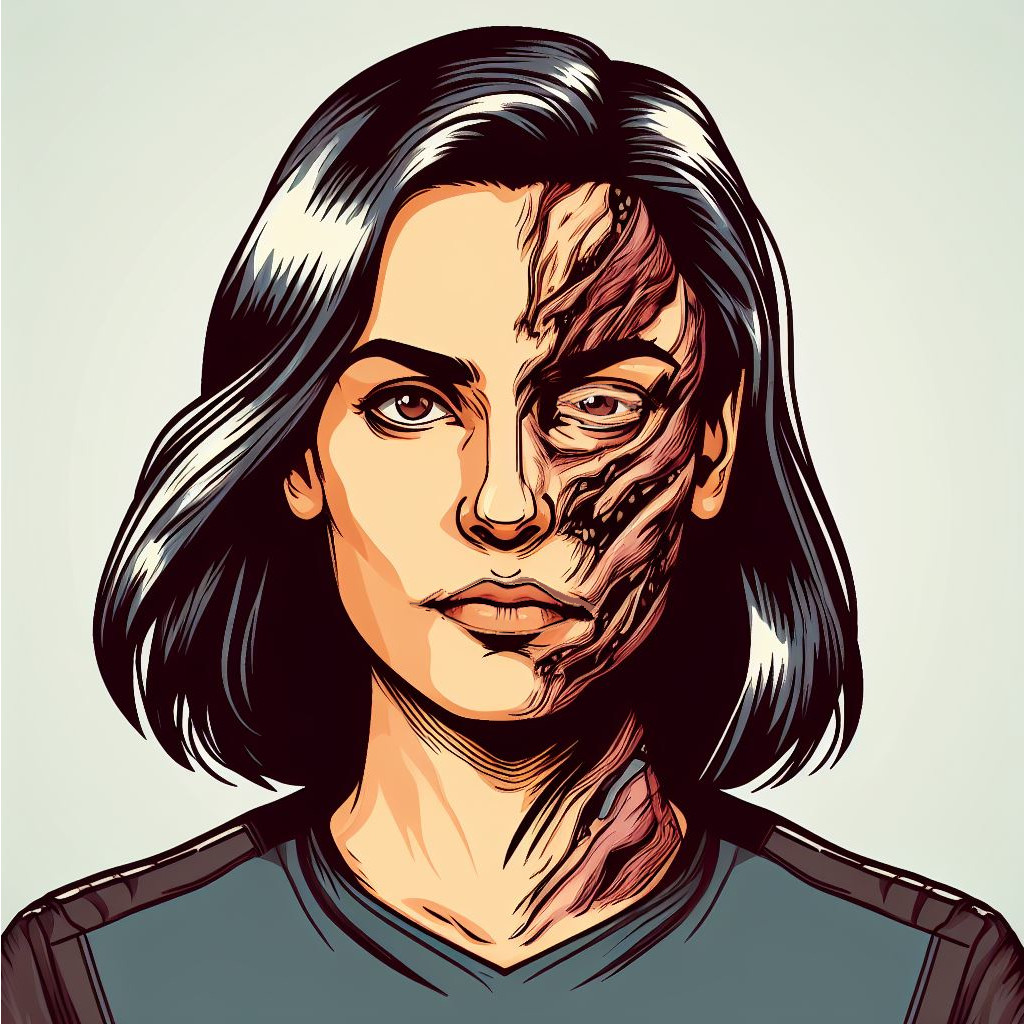Kyle Tran Myhre deserves a special place in my series of posts on #GenMarsFoodMusic.
I use the final verse of his piece called “Matches” as an epigraph for Food because it captures the essence of hopepunk.
It reminds me of the Carl Sagan quote: “In our obscurity, in all this vastness, there is no hint that help will come from elsewhere to save us from ourselves.” The obvious point being that we’d best get on with doing it ourselves.
It captures the hope-despite-hardship of my characters as they struggle with starvation and social collapse. It captures the hope-despite-hardship of all of us in our own struggles IRL.
It’s about self-reliance, except the self is collective. We succeed when we all take care of each other.
Kyle’s are the first and third verses here:
https://music.youtube.com/watch?v=6rphS6Ux-wY
To learn more about Kyle and his many activities, visit:
https://guante.info/
image: Kyle Tran Myhre performing. Taken by Adam Bubolz.















